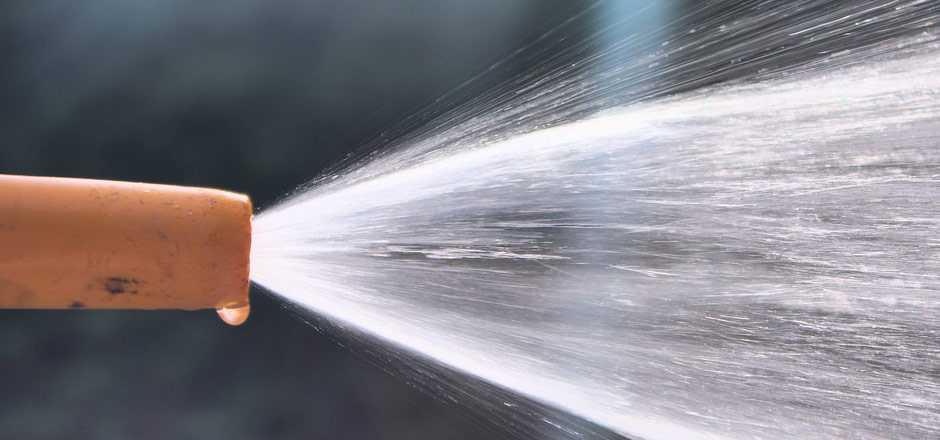A hosepipe ban in the summer of 2017 has become more likely following a dry period over the winter months.
According to the Met Office, the six month period between October and March was the driest since 1995 and 1996.
Water companies in parts of the UK are now warning that drought conditions may arise this summer with the possibility of hosepipe bans and water restrictions to follow.
Affinity, a water supplier covering parts of the south east of England is “monitoring the situation closely with clear plans in place”. They added that “January to March saw rainfall 50 to 70 per cent below average in our region. We have not seen the rise in groundwater levels we expected, and some rivers have seen flows decrease.”
Southern Water gave their take on the situation: “The winter of 2016-2017 was drier than average, particularly in the months leading up to Christmas. This means there are lower water levels across our regional water sources.”
Until very recently water companies were not discussing hosepipe bans but if the dry spell continues, hosepipe bans and other water restrictions may be needed.
Rivers and reservoirs have been left low after the dry autumn, winter and spring, especially in the south east of England.
“Below average rainfall could increase the likelihood of drought management measures in some areas” said George Leigh, spokesman for the Environment Agency. Hosepipe bans and water restrictions were a decision for individual water companies though, he said.
Long term weather forecasts suggest the next three months will not see much rain, so hosepipe bans become more likely. However, based on the recent history of hosepipe bans in the UK, we still believe water restrictions will be unlikely this year.
Lee Dance, head of water resources at South East Water agrees, saying that the company does not envisage water shortages this summer.
Lack of average rainfall this summer, followed by similar low levels over winter would very likely mean hosepipe bans and water restrictions in the summer of 2018.

4 replies on “Hosepipe Ban Becoming More Likely”
Hi, Just looking at the responses from Erica above, could I mention, as a retired landscape architect myself, a few relevant points.
Regarding the new planting, it is essential to water newly planted trees and shrubs periodically during the first 6 to 12 months after planting. Not every day, nor every week, but when necesary to ensure that the plants do not die, and grow actively. Typically, a scheme using pot-grown or “bare rooted” plants will be planted during the Autumn / Winter /early Spring. Sometimes, it is necesary to plant in late Spring/ summer, if the buildings are completed at this time. (landscape work- topsoiling turfing and planting –usually follows a few weeks later).
I would expect that the watering was applied as part of this essential watering, normally just in year one after planting. In year two shrubs and most trees will not need watering, but larger trees might. It’s all about waetring enough to get the root sytems growing nicely, which will power the development of the plant we see above ground.
“Cosmetic” watering is not essential, but if “essential establishment watering” is not carried out, the plants will not thrive, and might well die, resulting in a waste of time, money, and a failed landscape. Dead trees may well never get replanted, as builders move on to other sites. Responsible landscape designers, contractors and developers will, however, always ensure that necessary watering is carried out.
I hope that this is of help. Regards Lewis White
Yes! – impose a national hosepipe ban before it reaches ‘critical’ stage.
Why aren’t there more reservoirs??
A local new housing development is using water on new plants to make the site look more attractive, I think a hose pipe ban is well overdue.
Will a hosepipe ban apply to sports grounds and horse racing tracks?